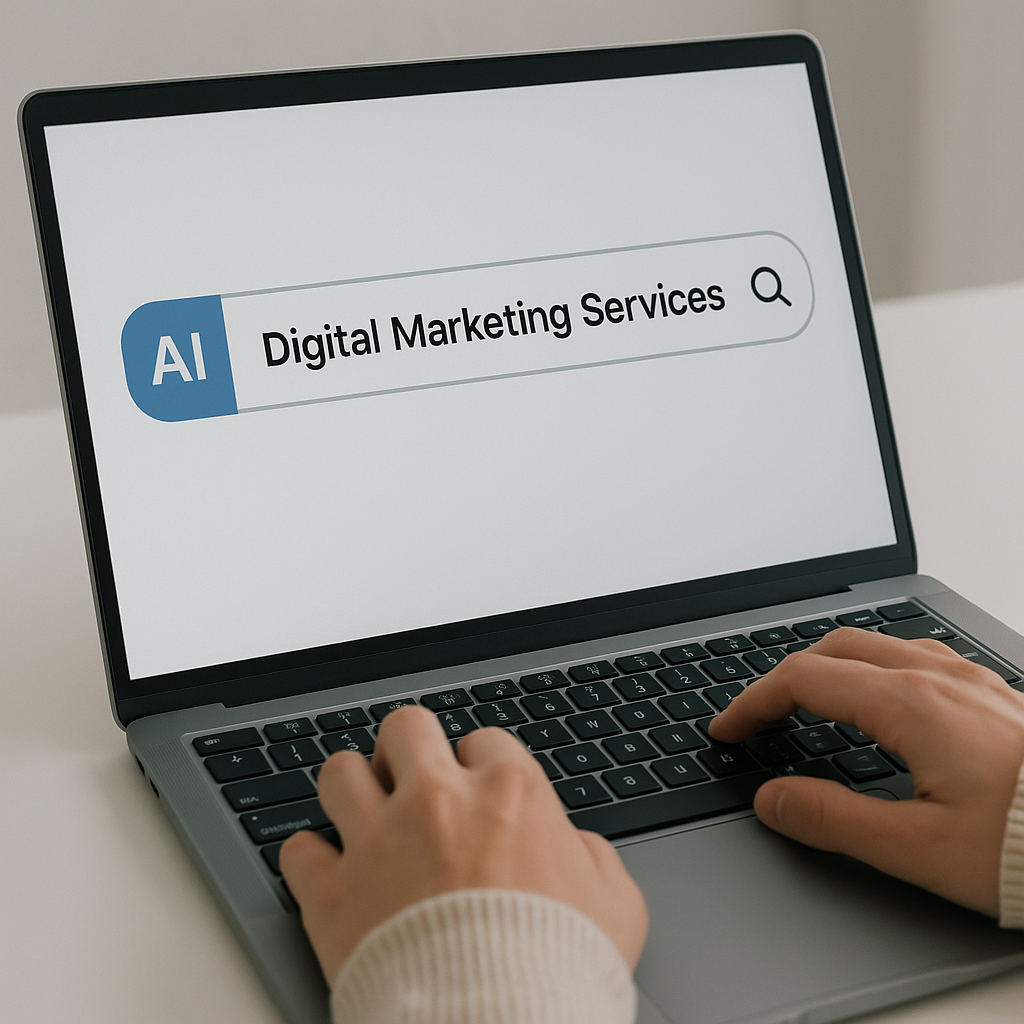Interactive Emails: Enhancing Engagement and Boosting Conversions
June 5, 2023
In today's digital landscape, where the competition for user attention is fierce, email marketing remains a powerful tool for businesses to connect with their audience. However, as consumers' expectations evolve, it is essential for marketers to adapt and explore innovative ways to make their emails more engaging and impactful. One such approach is the use of interactive emails, which have gained significant popularity due to their ability to captivate recipients and drive higher conversion rates.
The Power of Interactive Emails
Traditional static emails often fail to stand out in crowded inboxes and may not effectively communicate the intended message. Interactive emails, on the other hand, offer a dynamic and personalized experience that grabs attention and encourages user interaction. By integrating interactive elements, such as clickable buttons, navigation menus, surveys, quizzes, and even mini-games, marketers can create a more immersive and engaging email experience.Clickable Buttons: Guiding User Actions
Clickable buttons within emails serve as powerful calls-to-action (CTAs) that guide recipients towards desired actions. Whether it's directing them to a product page, encouraging them to sign up for a webinar, or enticing them to take advantage of a limited-time offer, well-designed and strategically placed buttons can significantly enhance click-through rates (CTRs).With interactive emails, businesses can go beyond mere static buttons by incorporating hover effects, color changes, or animations to make the CTA buttons more visually appealing and enticing. By leveraging eye-catching designs, contrasting colors, and persuasive copy, these buttons can effectively capture users' attention and increase the likelihood of conversions.
Navigation Menus: Streamlining User Experience
While traditional emails are often linear, interactive emails can mimic website navigation by incorporating menus and submenus. This allows recipients to explore different sections or offerings directly from within the email, saving them the hassle of navigating to a separate landing page.By providing a seamless user experience within the email itself, businesses can facilitate easier and more intuitive access to relevant content. This not only increases engagement but also streamlines the user journey, reducing the friction that might arise from multiple clicks and page loads.
Surveys and Quizzes: Gathering Feedback and Insights
Interactive emails can serve as a valuable tool for collecting feedback, conducting surveys, and gaining valuable insights into customers' preferences and behaviors. By embedding survey forms or interactive quizzes within emails, businesses can encourage recipients to actively participate and provide feedback or answer questions.These interactive elements not only make the email experience more engaging but also enable businesses to gain valuable data about their audience. By using the insights obtained from surveys and quizzes, marketers can tailor their future campaigns, products, or services to better align with customer needs and preferences.
Gamification: Creating Immersive Experiences
Gamification is a powerful technique that leverages elements of game design to engage users and motivate desired actions. By incorporating mini-games, puzzles, or interactive challenges within emails, businesses can create a sense of excitement and interactivity that encourages recipients to spend more time engaging with the email content.Gamified emails not only captivate users but also provide an opportunity for businesses to deliver rewards, exclusive discounts, or personalized offers based on users' performance within the game. This not only enhances the overall user experience but also increases the chances of conversion as users are incentivized to take the desired actions.
Strategies for Effective Implementation
To maximize the impact of interactive emails and outrank other websites, it is crucial to implement a comprehensive and well-thought-out strategy. Here are some essential strategies to consider:1. Personalization: Delivering Tailored Experiences Personalization plays a key role in engaging users and driving conversions. By leveraging customer data, such as purchase history, browsing behavior, or demographic information, businesses can create highly personalized interactive email experiences. Tailoring the content, recommendations, and interactive elements based on individual preferences enhances relevance and increases the likelihood of capturing users' attention.
2. Responsive Design: Optimizing for All Devices With the increasing use of mobile devices for email consumption, it is essential to ensure that interactive emails are responsive and optimized for various screen sizes. Responsive design allows emails to adapt seamlessly to different devices, ensuring a consistent and engaging experience for recipients, regardless of the device they use.
3. Testing and Analytics: Iterating for Success To continuously improve the performance of interactive emails, it is crucial to conduct thorough testing and analyze the resulting data. A/B testing different variations of interactive elements, tracking user engagement metrics, and analyzing conversion rates can provide valuable insights to refine future campaigns. By iterating and optimizing based on data-driven decisions, businesses can enhance the effectiveness of their interactive emails over time.
Conclusion Interactive emails present a tremendous opportunity for businesses to enhance engagement, boost conversions, and outrank competitors in the digital space. By leveraging clickable buttons, navigation menus, surveys, quizzes, and gamification techniques, marketers can create compelling and immersive email experiences that capture users' attention and drive desired actions. However, it is important to remember that effective implementation requires a thoughtful strategy that incorporates personalization, responsive design, and continuous testing. Embracing the power of interactive emails can revolutionize your email marketing campaigns and help you stand out in a crowded digital landscape.
Featured Resources
Check Our Latest Resources

October 23, 2024
Proven ROI has been recognized as one of the Most Innovative Companies to Watch 2024 by CIO Bulletin—a testament to the company’s forward-thinking approach to CRM investments and strategic partnerships. By working closely with leading CRM platforms like HubSpot, Proven ROI is revolutionizing how businesses manage customer relationships, scale their operations, and drive growth.
Contact us today
Take Your Digital To The Next Level With Proven ROI
Thank you for contacting us.
We will get back to you as soon as possible.
We will get back to you as soon as possible.
Oops, there was an error sending your message.
Please try again later.
Please try again later.
NAVIGATION



